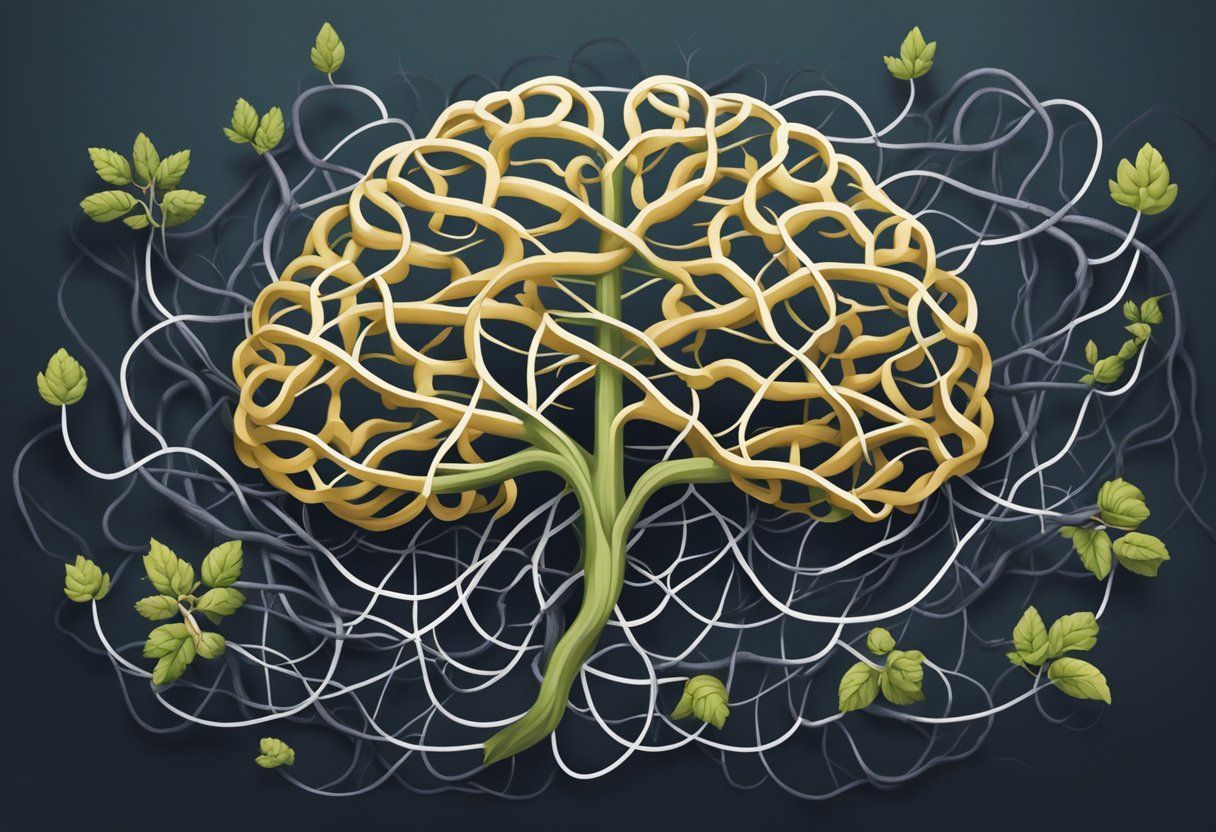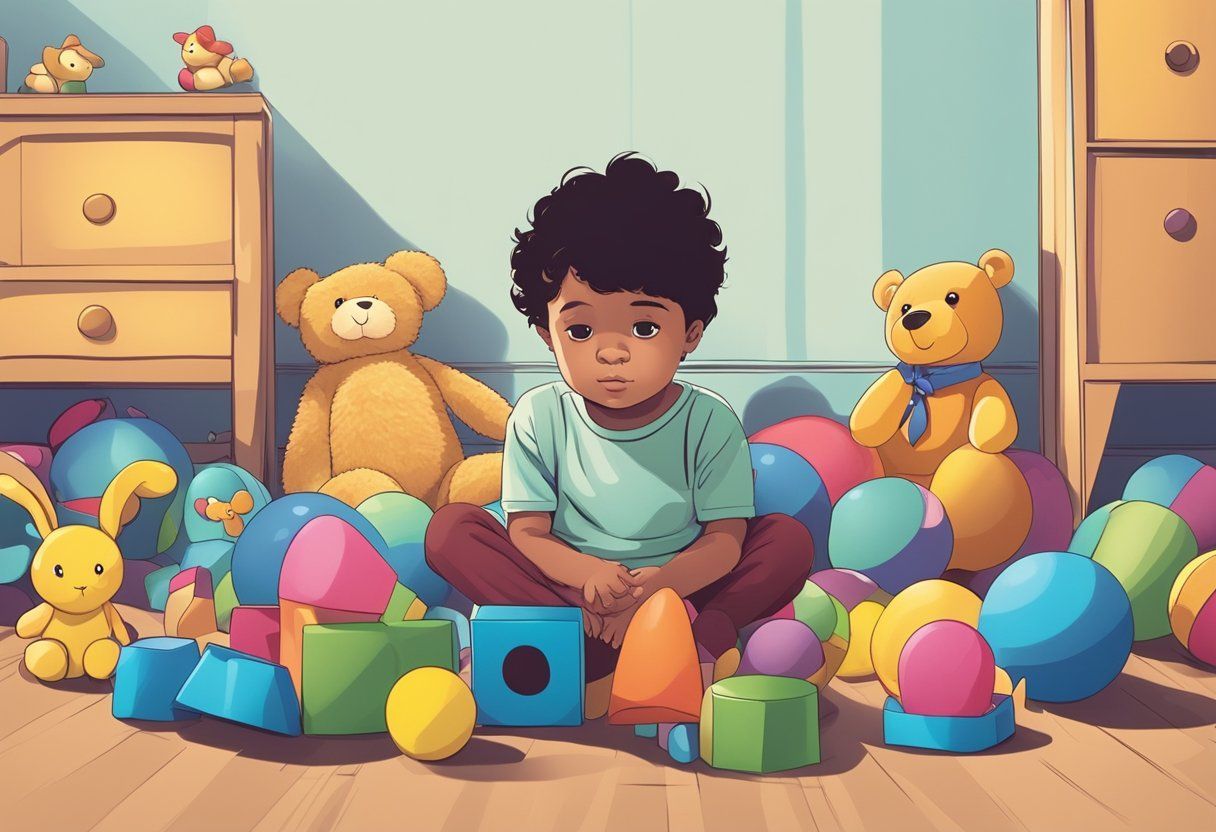BLOG
Categories
8 Ways to Bond with your Adopted Child
You’ve jumped through hoops and conquered the trials and tribulations associated with the adoption process. You even came out on the other end with your heart unscathed. In fact, your heart has grown tenfold! Finally, your family has grown, and your child is now safe and sound with you at home.
As happy as you are to watch your child fall fast asleep in his or her bed each night, you can’t help but fret over how you don’t feel like an “instant family.” As an adoptive parent, you want your child to feel at home more than anything. At the moment, you’re wondering if that day will ever come.
These worries are normal! Adoption Choices of Colorado wants you to know it’s perfectly okay for adoptive parents to look at their new child and wonder if he or she will ever adjust to this new life. We’re here to help! Forming an attachment with your child isn’t easy, especially under the circumstances of adoption. But it’s not impossible. With some patience, consistency and out-of-the-box thinking, you and your child can slowly create that connection you both desire.
Try embracing these eight great strategies for bonding with your adopted child:
1. ESTABLISH PERMANENCY
Your child may have a fear that if he or she misbehaves, your love will dissipate. Reassure your child that, even when you are in a bad mood or if he or she has misbehaved in some way, your heart is still overflowing with love. A phrase you can try using is, “I love you. I just don’t like your behavior right now.” Sending these kinds of messages to your child lets him or her know that your love is here to stay, allowing your child to heal and attach.
2. STICK TO A ROUTINE
Children crave structure and routines. It helps give them a sense of control and allows them to develop trust. Having set bedtime rituals for a younger child, or a weekly family movie night for an older child, are great ways to establish a connection. Routines establish a solid foundation to grow from. In turn, your child will bond with you more easily!
3. ATTACHMENT WILL COME WITH TIME
How quickly your child adapts can depend on his or her age. Adopted children younger than six months may cry more than usual, refuse to feed sometimes, and nap for either too many or too few hours. These behaviors have nothing to do with your parenting skills and will most likely pass in a few weeks. In the meantime, cuddle your baby as often as you can. If you adopted a toddler, prepare yourself for possible hardship. Your child most likely remembers his or her previous caregivers and may even feel as if he or she has lost a loved one. This sense of loss can lead to your child acting out and testing limits as he or she learns to trust you. There is no set timeline for bonding, and, despite all attempts, you may still find your little one pulling away and refusing to open up. He or she may not be ready to accept your love or offer you his or hers. Don’t worry! Time heals all wounds.
4. AS MUCH AS YOU MAY WANT TO, DON’T HOVER
Allowing a child to have his or her own space is important, especially for an older child or teen. Think about it: privacy may be something your child lacked in foster care. Give him or her a personal space to spend time in, and respect that space. Knock on the door before entering, and allow your child to decorate. Adopted children need to feel that the new home is their own and that they can feel comfortable staying there. By giving your child some space to call his or her own, your child will become comfortable in your home and eventually let his or her guard down. After all, it’s important to emphasize mutual love and respect for all members of the household!
5. OPEN UP THE LINES OF COMMUNICATION
Talk to your child often. Be present and interact with him or her while being responsive to his or her needs. Do your best to keep the lines of communication wide open! Your child might be full of questions. These questions provide a great way to connect and set the stage for meaningful conversations for years to come. Plus, you’ll both learn more about each other this way. Try not to rush through important family moments, even if you have a busy day ahead, as you’ll find yourself bonding more and more with your child!
6. INVOLVE YOUR CHILD IN FAMILY DECISIONS
Your child needs to have a little bit of control in a life that has previously been so out of control. Maybe let him or her choose a family dinner each night, a family activity each week, a game to play, or a movie to see. Giving your child a decision-making role will make him or her feel included and equal.
7. MAKE SURE TO NOT VERBALLY ATTACK THE BIRTH PARENTS
Even if you disagree with your child’s birth parent’s lifestyle, stray away from telling your child that they are “bad” or “worthless.” No good can come of this, and it will only deter your child from bonding with you. Remember, you need to establish a level of comfort and trust with your child, and you’re starting from ground zero. Don’t be afraid to be honest with your child about his or her past. Your child is his or her own person and can read between the lines to develop a personal opinion!
8. REJECTION ISN’T PERSONAL
For adoptive parents who feel a sense of rejection or distance, trying to bond with your adopted child can be a confusing and hurtful process. It’s easy for adoptive parents to blame themselves. While it may feel overwhelming on your end, try to imagine how your child may be feeling, but unable to put into words. Everything is alien, foreign, and scary. Imagine what must be going through your child’s mind — one day in one home under the care of a familiar face, and the next surrounded by a new language, sights, smells, and sounds. An adopted child’s rejection may not be a rejection at all; but instead, an inability to process so much newness at once while trying to understand what happened to the people and places he or she had known and trusted.
BONDING WITH YOUR ADOPTED CHILD
It’s common for you to worry whether or not you will develop a strong bond with your adopted child—no matter the age. The act of adoption equals transition, and even for the most well-adjusted child, the transition is hard. As an adoptive parent, you need to acknowledge and appreciate your child’s experiences before a meaningful and lasting bond can be made.
Be the rock that Adoption Choices of Colorado knows you can be! Despite your child’s early lack of stability, he or she can — and will — go on to heal, bond, and both receive and give love. We have no doubt you’ll be a great parent, one your child will seek out for comfort. Remember this: adoptive parents bond with their children as successfully as biological ones!
SOURCE: https://www.adoptionchoices.org/bonding-with-your-adopted-child/
RECENT POSTS



Bringing and keeping families together!





